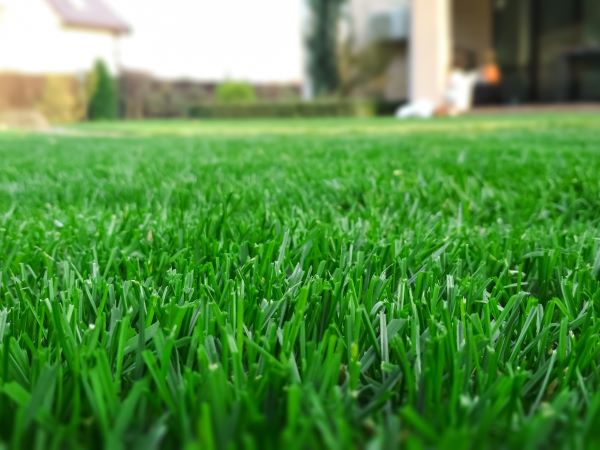Water Correctly
It’s best to water early in the morning. This allows your lawn and plants to absorb the moisture before temperatures get too hot and the water evaporates. For lawns, you should aim for one inch of water per week (including rain water). For plants, you’ll want the water to reach the roots, which are usually about six inches deep. Remember, overwatering can be just as bad as underwatering.
Cover Soil with Mulch
When the summer heat arrives, it’s best to cover your bare soil with mulch. Mulch lowers the temperature of the soil, slows evaporation, and can protect your plants by acting as a weed barrier. As a rule of thumb, it’s best to add a 2- to 3-inch layer of mulch around plants where you can see bare soil. Be sure to avoid putting the mulch too close to plant stems and tree trunks, as this can cause moisture build-up and rot.
Don’t Mow Too Low
It’s critical to mow your lawn to the correct height. Some homeowners believe that mowing low is the best way to keep maintenance to a minimum, but this makes lawns susceptible to heat damage and drought stress. When you cut your grass higher, you can help keep your grass greener without the need for extra fertilizer. That’s because taller grass blades shade the soil.
If you’re ready to get your yard in tip-top shape for the summer, but don’t know where to start, one of our trusted landscapers can help you assess the specific needs for your yard and provide you with a plan for enhancing your outdoor landscapes.